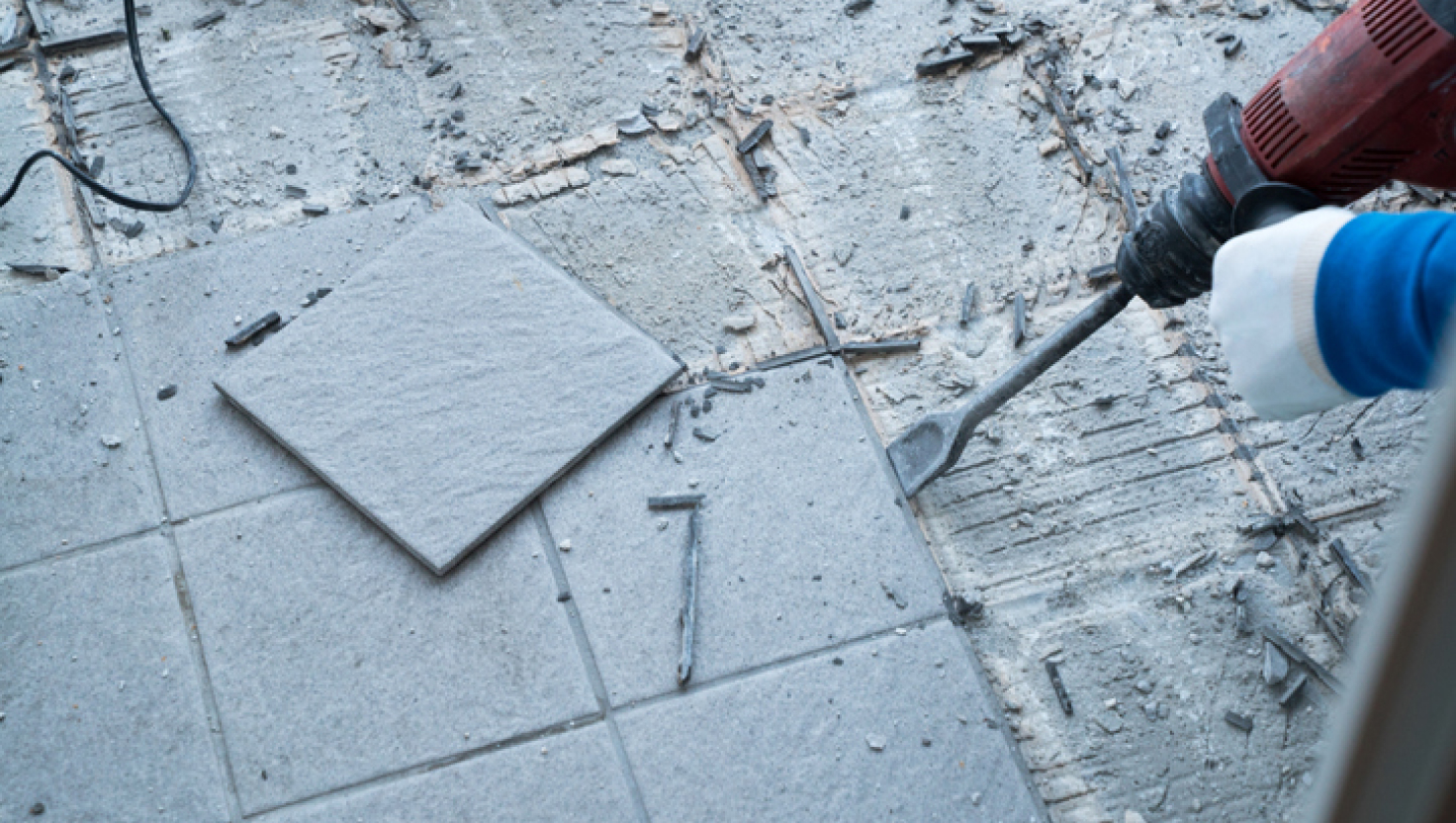Rip out the linoleum. Assuming it is a sheet not square tiles. If square tiles, make sure they are not asbestos containing squares. If they are leave them in place.
If no asbestos, Then check the subfloor. It may also need to be replaced.
Now you can start fresh with whatever flooring you want.
If no asbestos, Then check the subfloor. It may also need to be replaced.
Now you can start fresh with whatever flooring you want.





 Most quoted with using the European products. Considering this, we were hestiant to go with tile again due to the concern over the grout molding so we got a quote for Kohler's panel refit over the tiles that was even worse at $17k
Most quoted with using the European products. Considering this, we were hestiant to go with tile again due to the concern over the grout molding so we got a quote for Kohler's panel refit over the tiles that was even worse at $17k  because they want to redo everything including replacing the good shower door with Kohler products. That was not going to happen.
because they want to redo everything including replacing the good shower door with Kohler products. That was not going to happen.